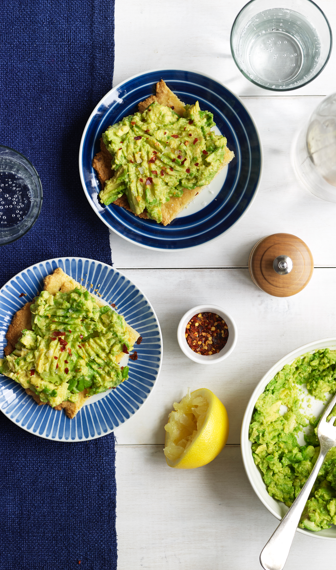Phase three is crucial to getting your weight under control for good, but it is also about taking control of your life and your health.
To reduce your long-term risks for conditions such as cardiovascular disease, hypertension and diabetes, there is nothing more effective than maintaining a healthy weight. But learning how to make choices that are right for you—not for your spouse, parents, friends or even your doctor—are also important. When you realize you can be in charge of what you eat, how you look and how healthy you are, it empowers you in all the other aspects of your life. Instead of worrying about looking good to please someone else, you are likely coming to realize that what matters is how you feel about how you look and feel. You are learning the skills that allow you to take charge of your life. And that enhances self-esteem.
When you were doing Ongoing Weight Loss, you learned how to increase your carb intake in increments of 5 grams. In this phase, you can shift into a higher gear: Increase your daily carb count by 10 grams each week as long as you continue to lose. (See “The Power of 10,” below) If you introduce new foods slowly and increase your carb grams gradually, your Critical Carbohydrate Level for Losing (CCLL) should increase gradually. This new and higher CCLL will reflect the fact that you are now losing weight more slowly.
As you continue to make 10 gram incremental additions, you’ll quickly reach a point at which you will find that you are no longer losing. If you are at your goal weight, stay at that level for a month or so before you increase your daily carb consumption by another 10 grams to see if you can consume that level without gaining. Once you do begin to gain, drop back 10 grams and you should have established your Atkins Carbohydrate Equilibrium (ACE). For more on how to do Pre-Maintenance and how to avoid certain problems, click here for How to Do Pre-Maintenance, Part 2.
THE POWER OF 10
The following portions each contain roughly 10 grams of Net Carbs. Food groups are arranged in the general order in which they should be added.
Starchy Vegetables*
3/4 cup carrots
1/2 cup acorn squash
1/4 cup yams (or sweet potatoes)
2/3 cup peas, shelled
1/4 cup plantain
1 cup beets
1/3 cup parsnips
1/4 cup white potatoes
Legumes*
1/3 cup lentils
1/3 cup kidney beans
1/3 cup black beans
1/4 cup navy beans
1/3 cup lima beans
1/3 cup great northern beans
1/3 cup chickpeas
1/4 cup fava beans
1/3 cup pinto beans
Fruit
1/2 apple
11 cherries
1 peach
12 grapes
1 1/4 cup strawberries
1/2 grapefruit
3/4 cup cantaloupe
1 kiwi
1 cup watermelon
1/2 cup fruit cocktail, canned in water
1 plum
1/2 small banana
1 cup guava
1/3 cup mango
Grains
1/4 cup rice (long-grain, brown*)
1/2 cup plain old-fashioned oatmeal*
1/3 cup corn kernels*
1/3 cup whole-wheat cereal* (Wheatena)
1/4 cup barley*
1/4 cup semolina pasta*
*All figures are for cooked vegetables, starches and legumes.

